Electrocution deaths in the construction industry and how to prevent them
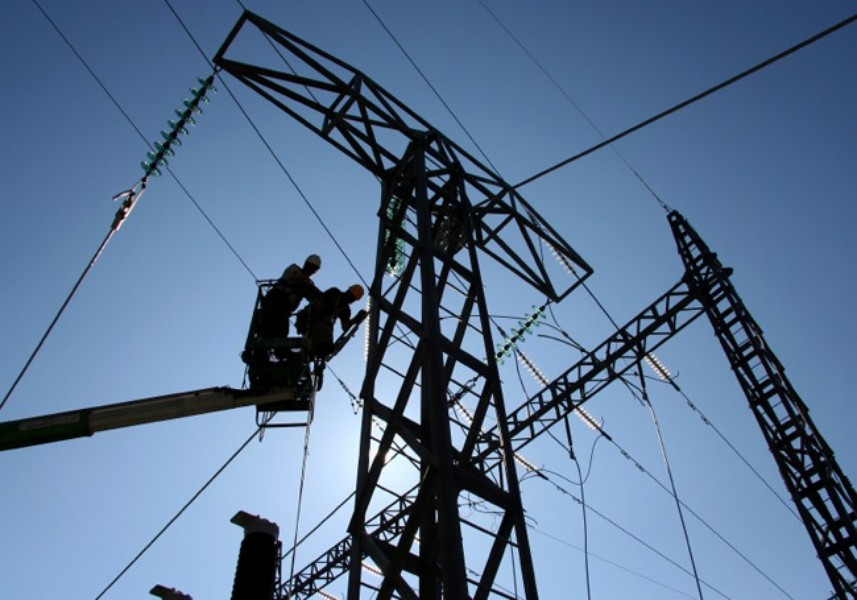 Construction is the industry that has the highest electrocution deaths among all industries. OSHA identifies electrocution as one of the leading causes of fatality among construction workers. In its latest Quarterly Data Report, the Center for Construction Research and Training (CPWR) is taking a close look at recent electrocution data and proposes solutions to prevent them.
Construction is the industry that has the highest electrocution deaths among all industries. OSHA identifies electrocution as one of the leading causes of fatality among construction workers. In its latest Quarterly Data Report, the Center for Construction Research and Training (CPWR) is taking a close look at recent electrocution data and proposes solutions to prevent them.
Since 2012 the construction industry rose back from the 2008 recession and so did the number of fatal construction accidents. From 2011 to 2015 fatal construction accidents increased by 26% from 781 to 985 fatalities. During the same period, electrocution fatalities rose by 17% from 70 to 82 fatalities. In average during this period electrocution deaths represented 9% of all construction accident deaths.
Electrocution deaths in the construction industry have been declining since 2003. From 134 in 2003 they recorded their lowest in 2012 with 66 deaths and went back up to 82 in 2015. The rate per 100,000 workers also went down from 1.3 in 2003 to 0.8 in 2015.
 New York Personal Injury Attorneys Blog
New York Personal Injury Attorneys Blog





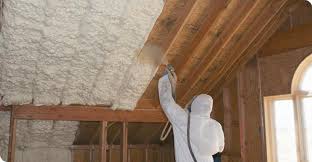

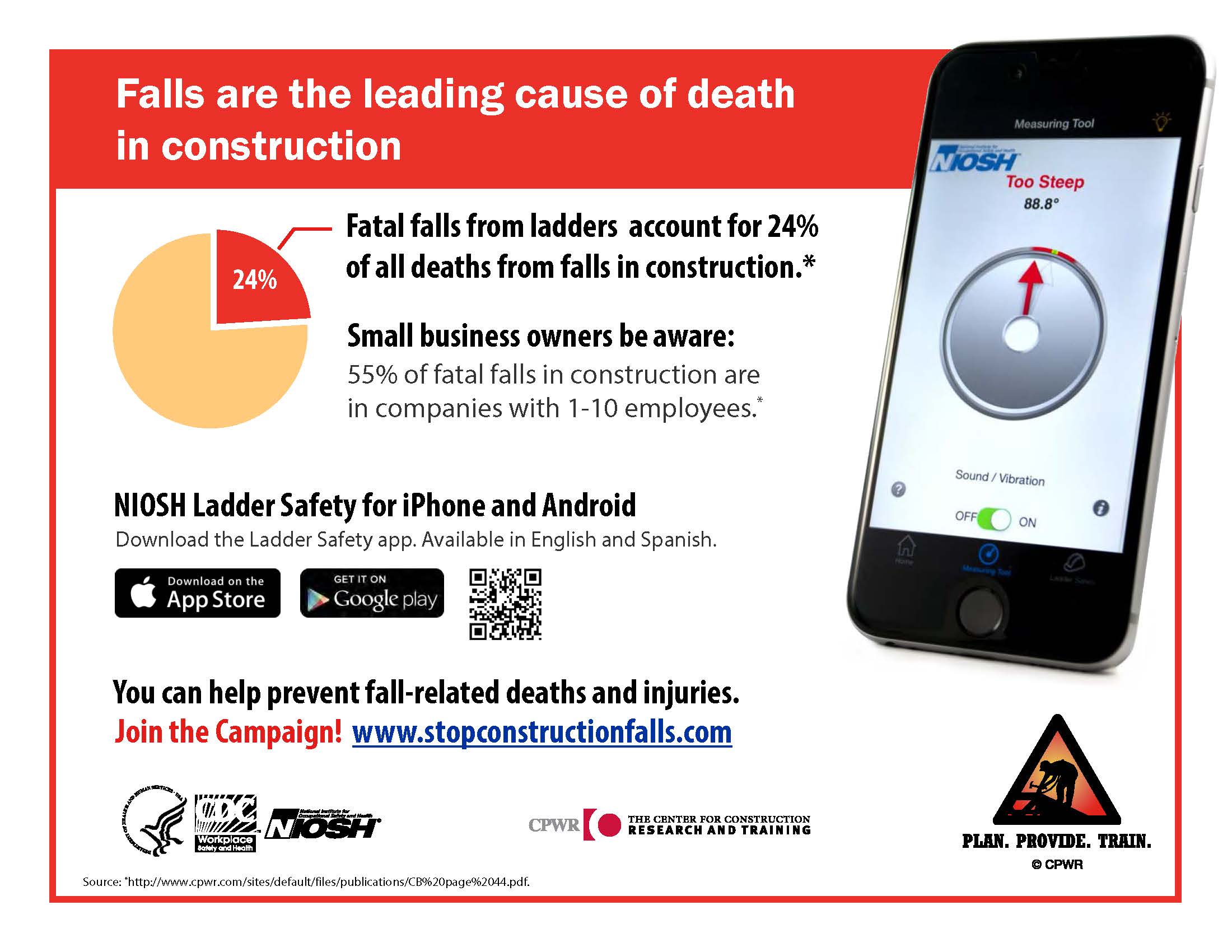
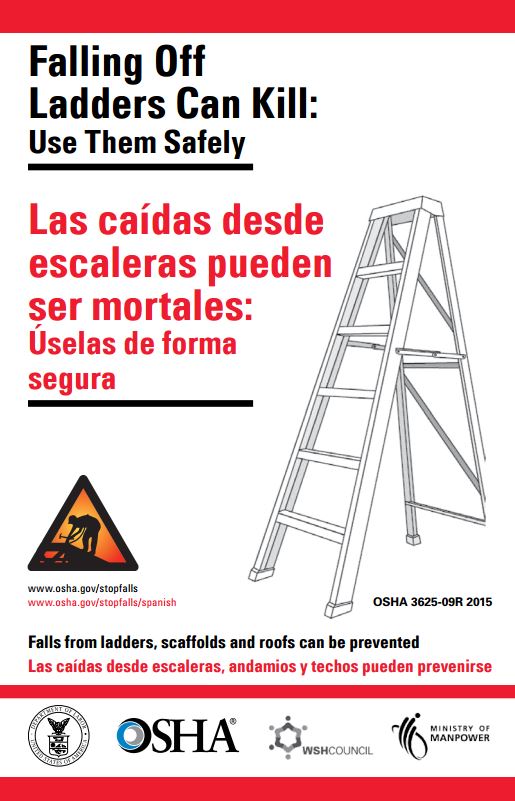
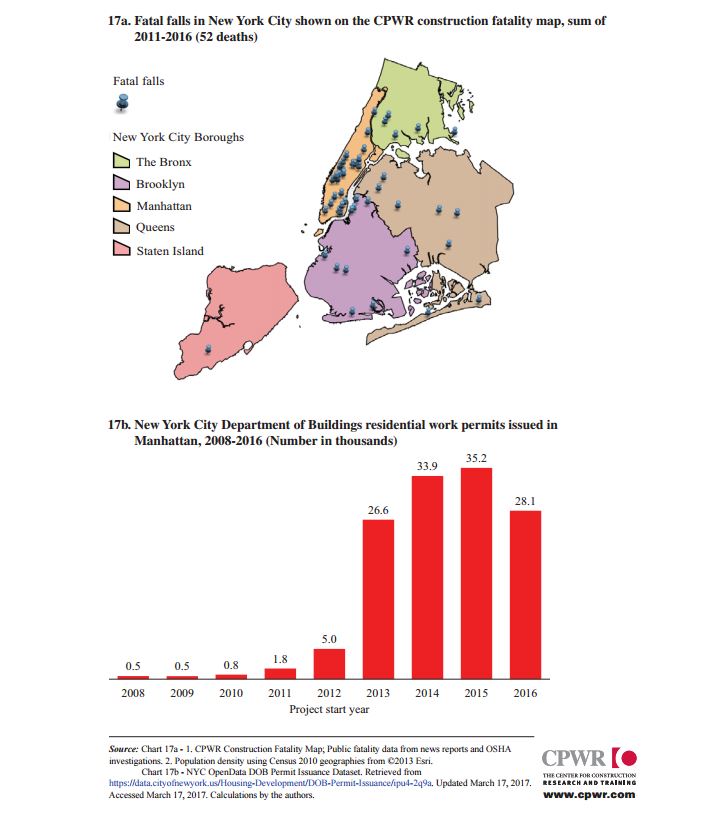
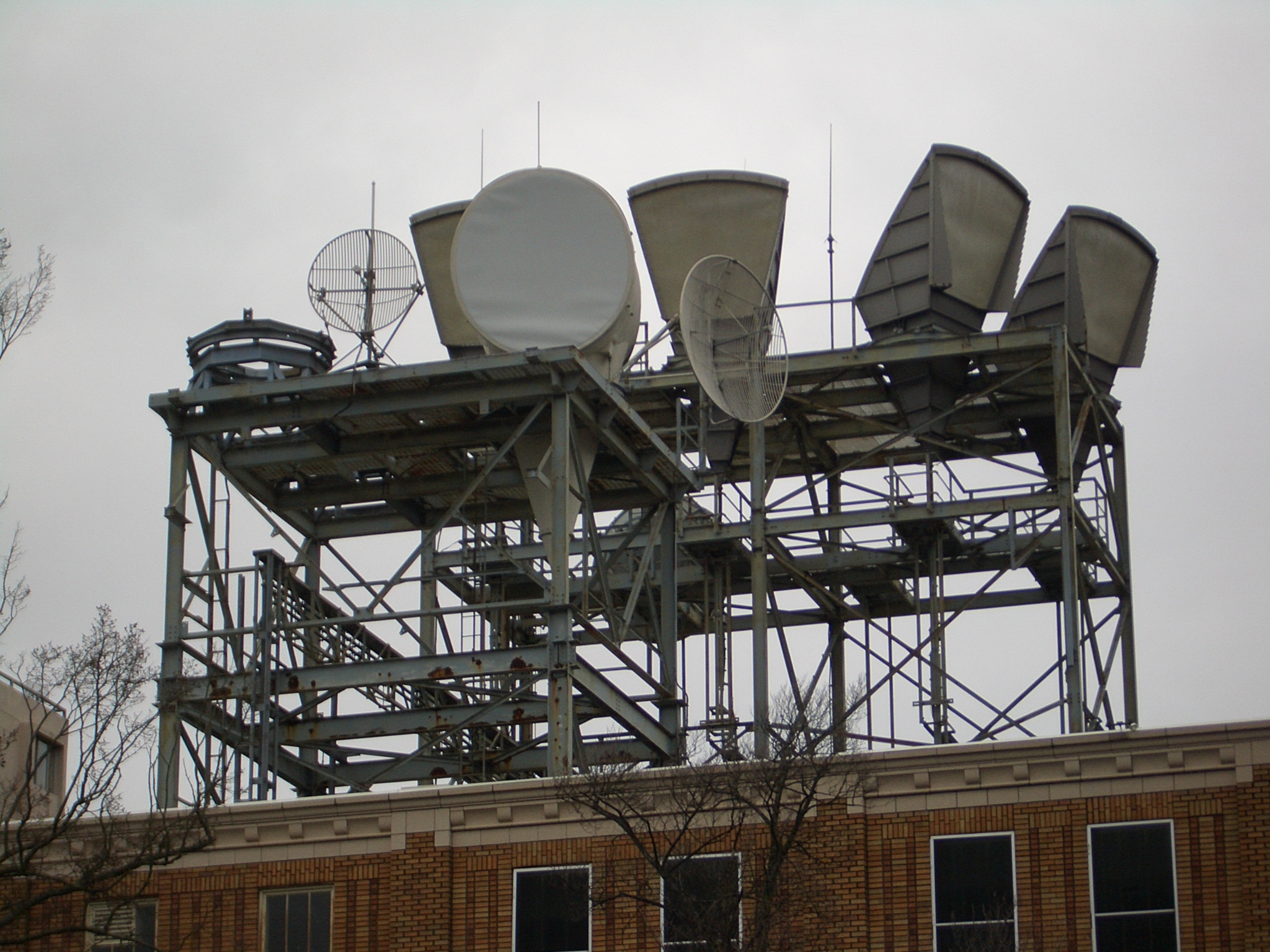
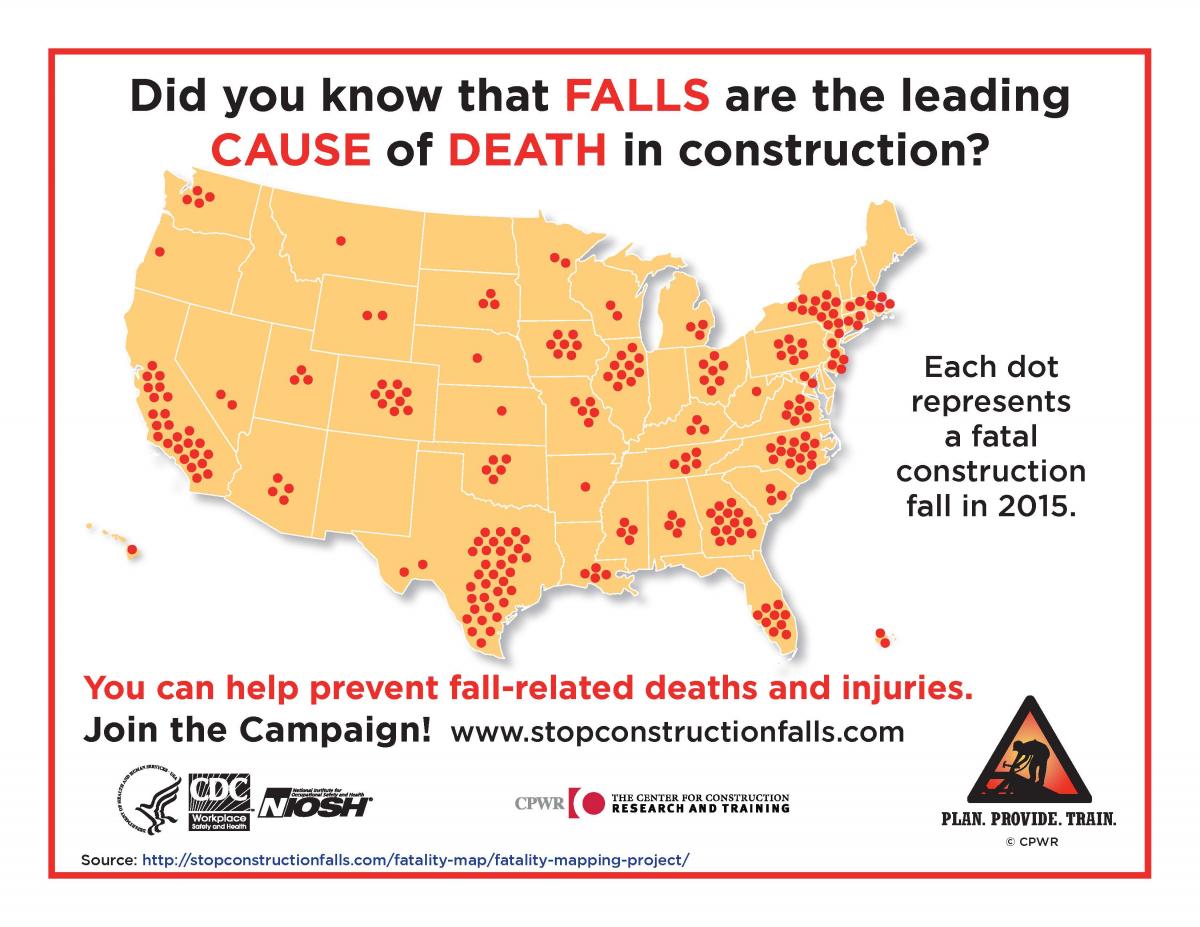 Every year more than 200 construction workers die and around 10,000 are seriously injured after falling on the job in the US. Falls are the number one cause of
Every year more than 200 construction workers die and around 10,000 are seriously injured after falling on the job in the US. Falls are the number one cause of 